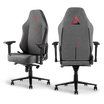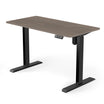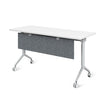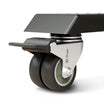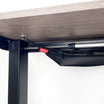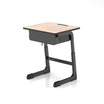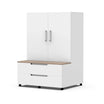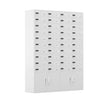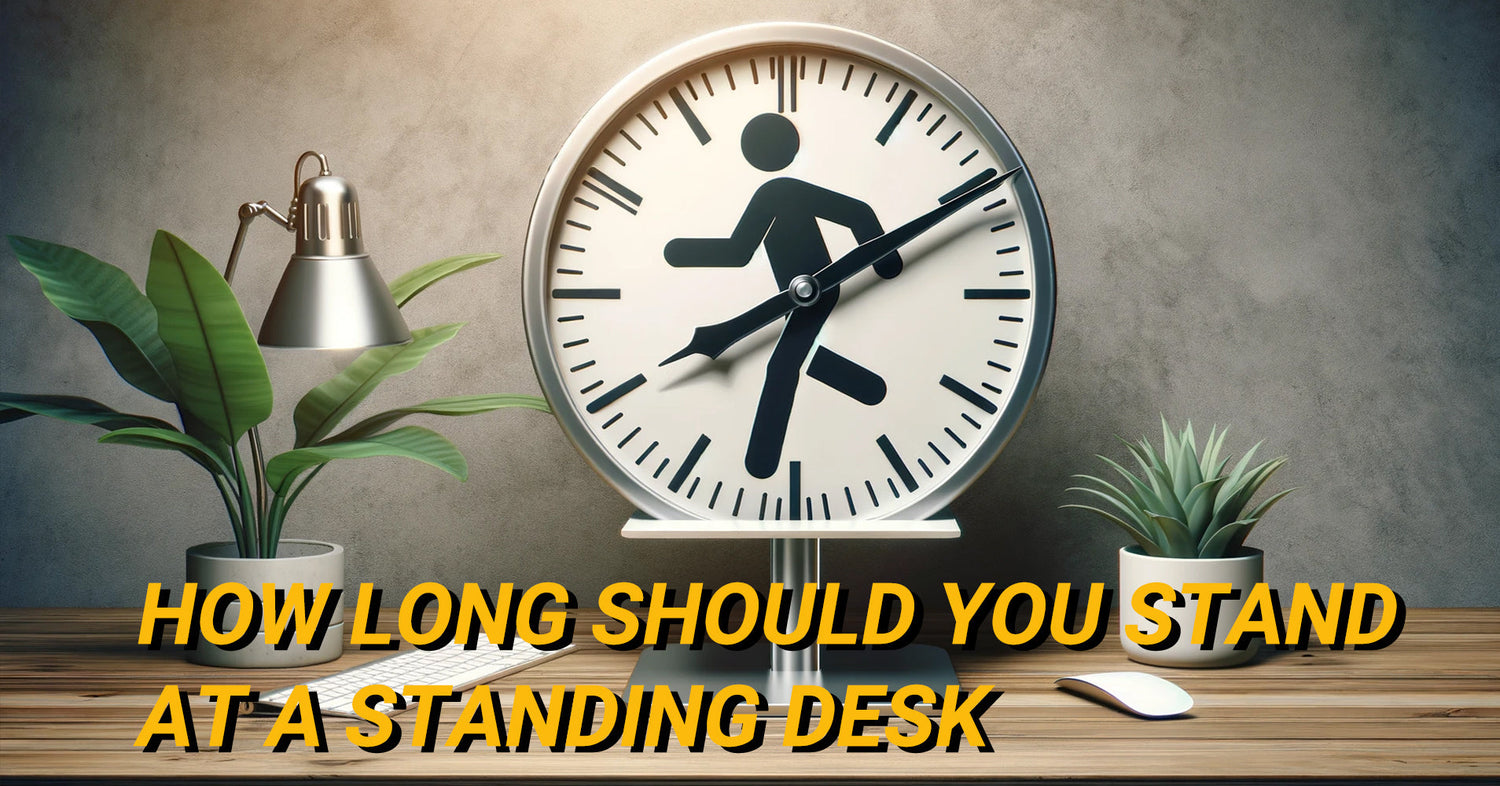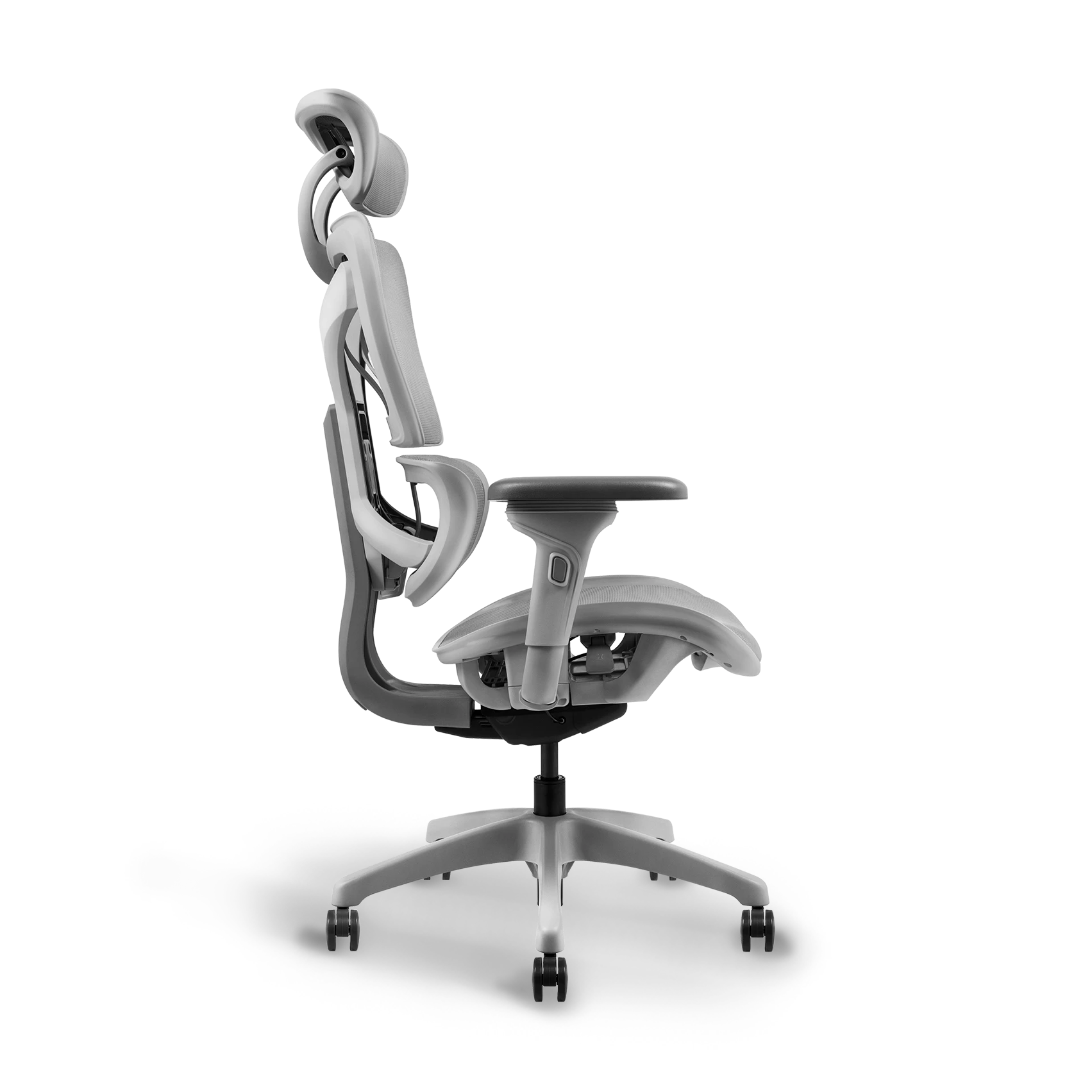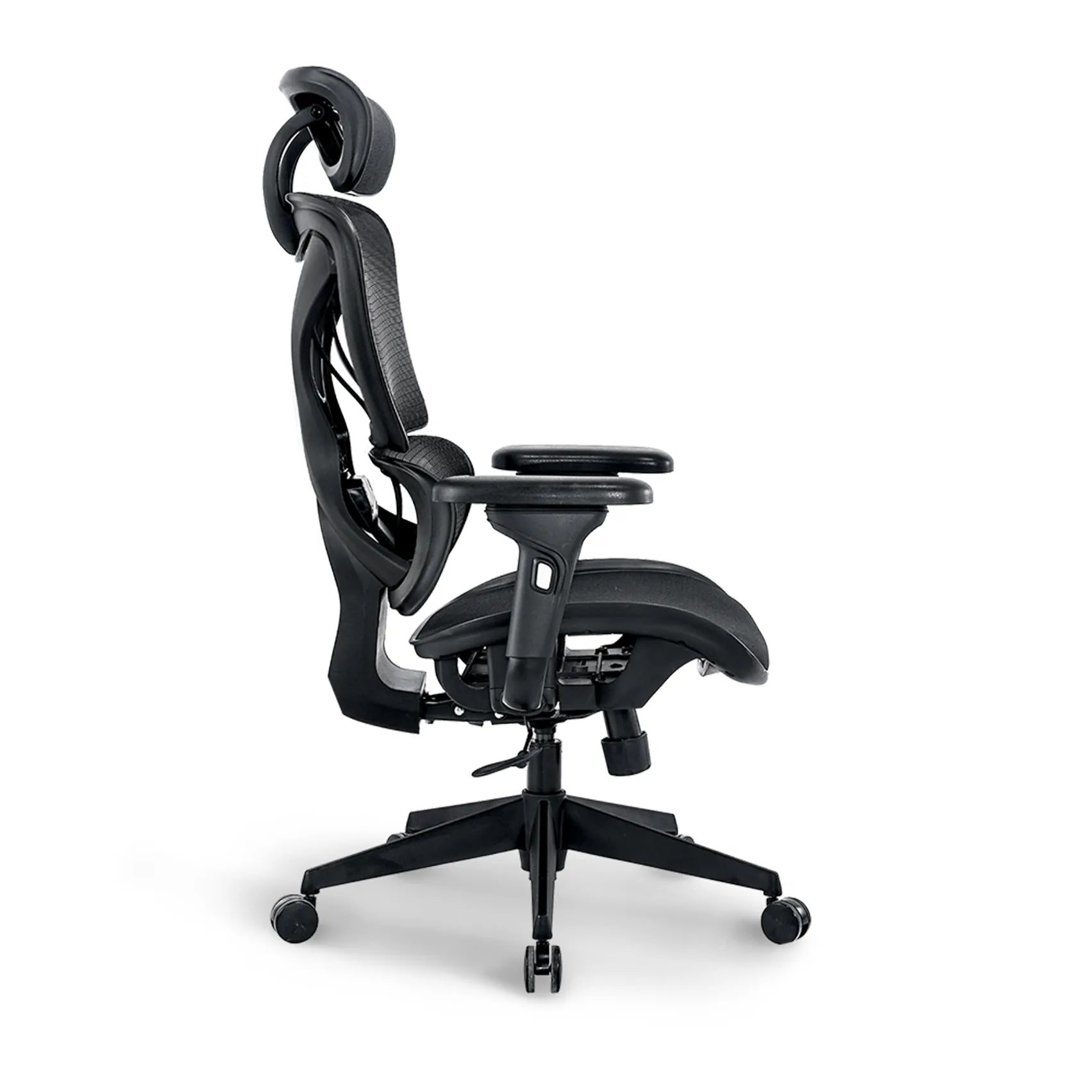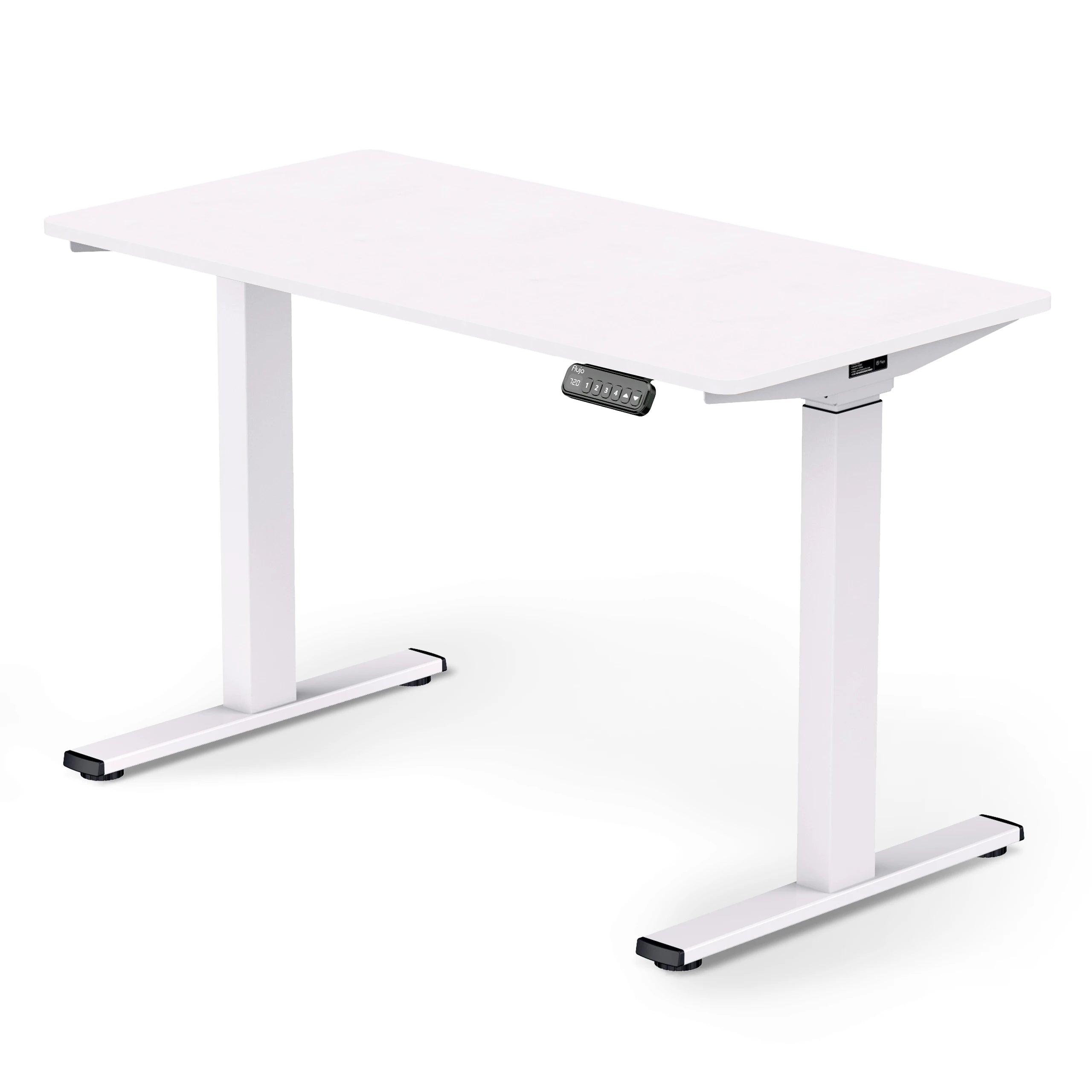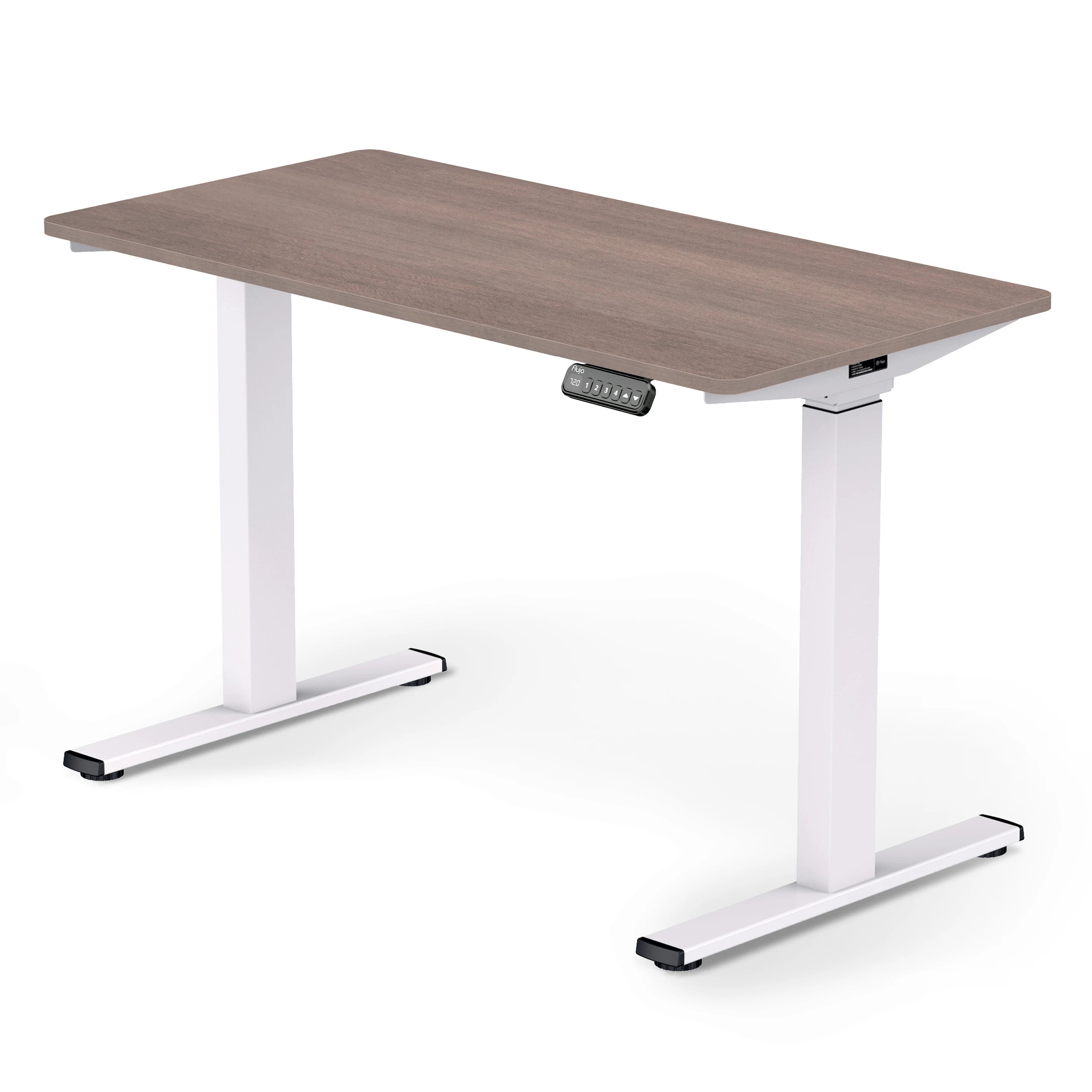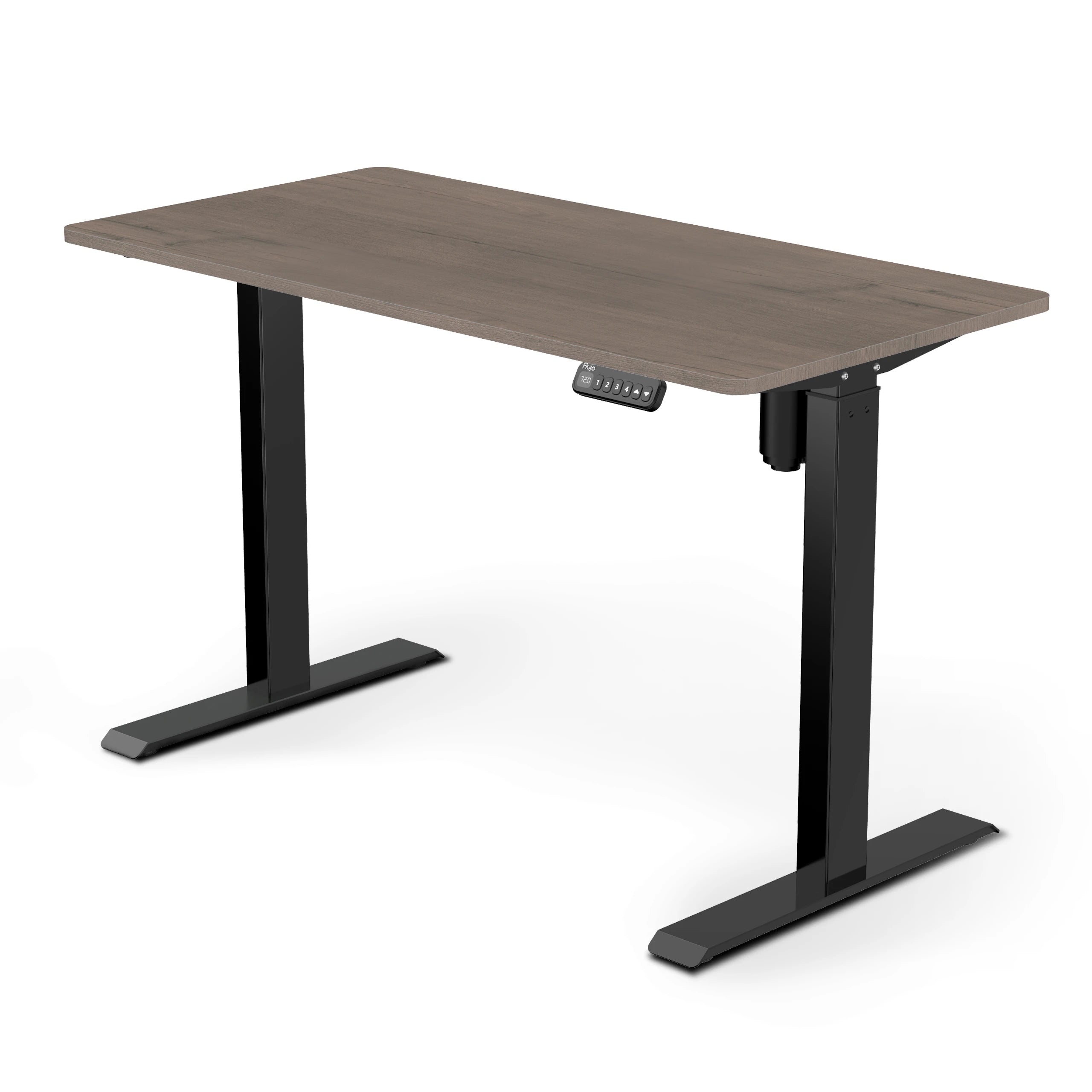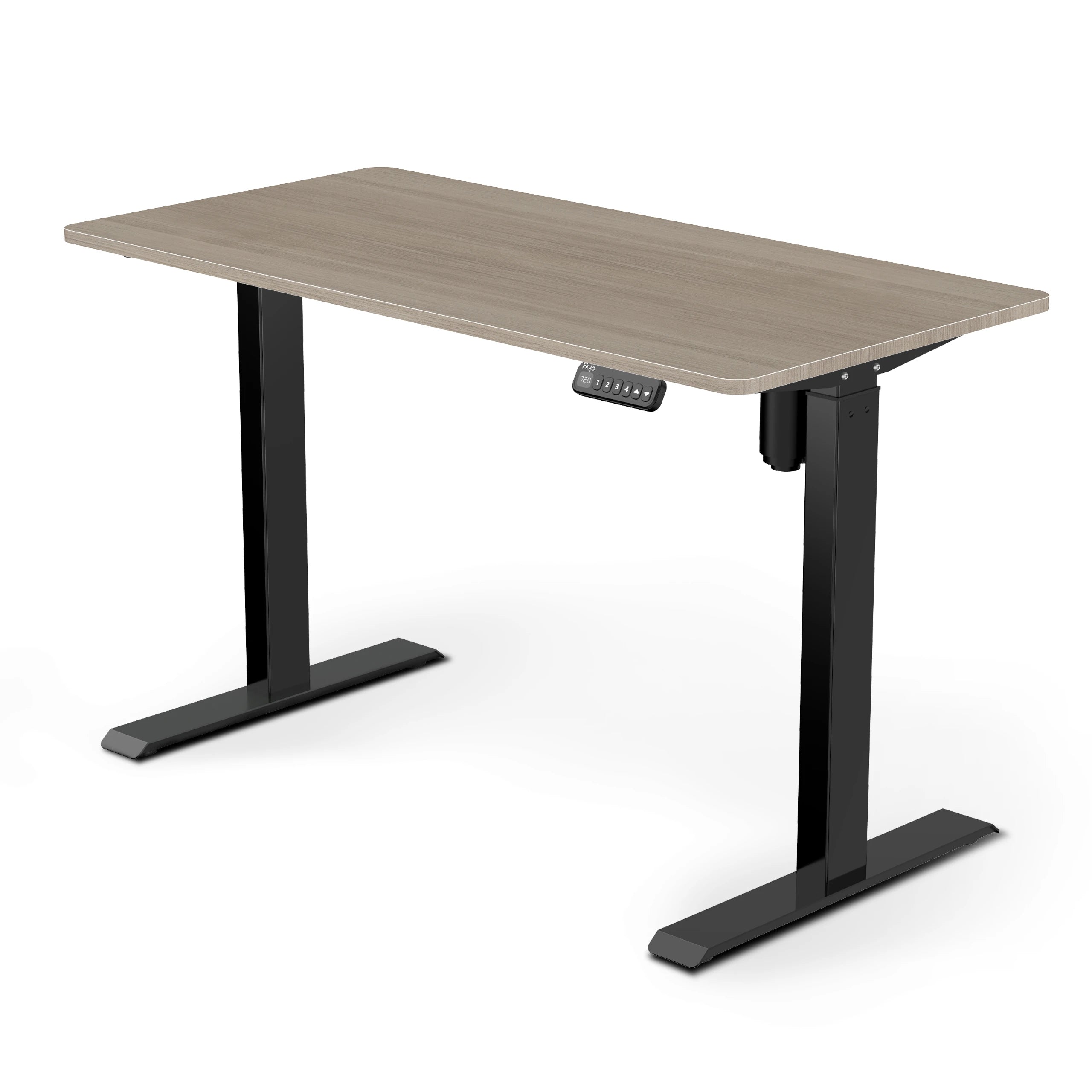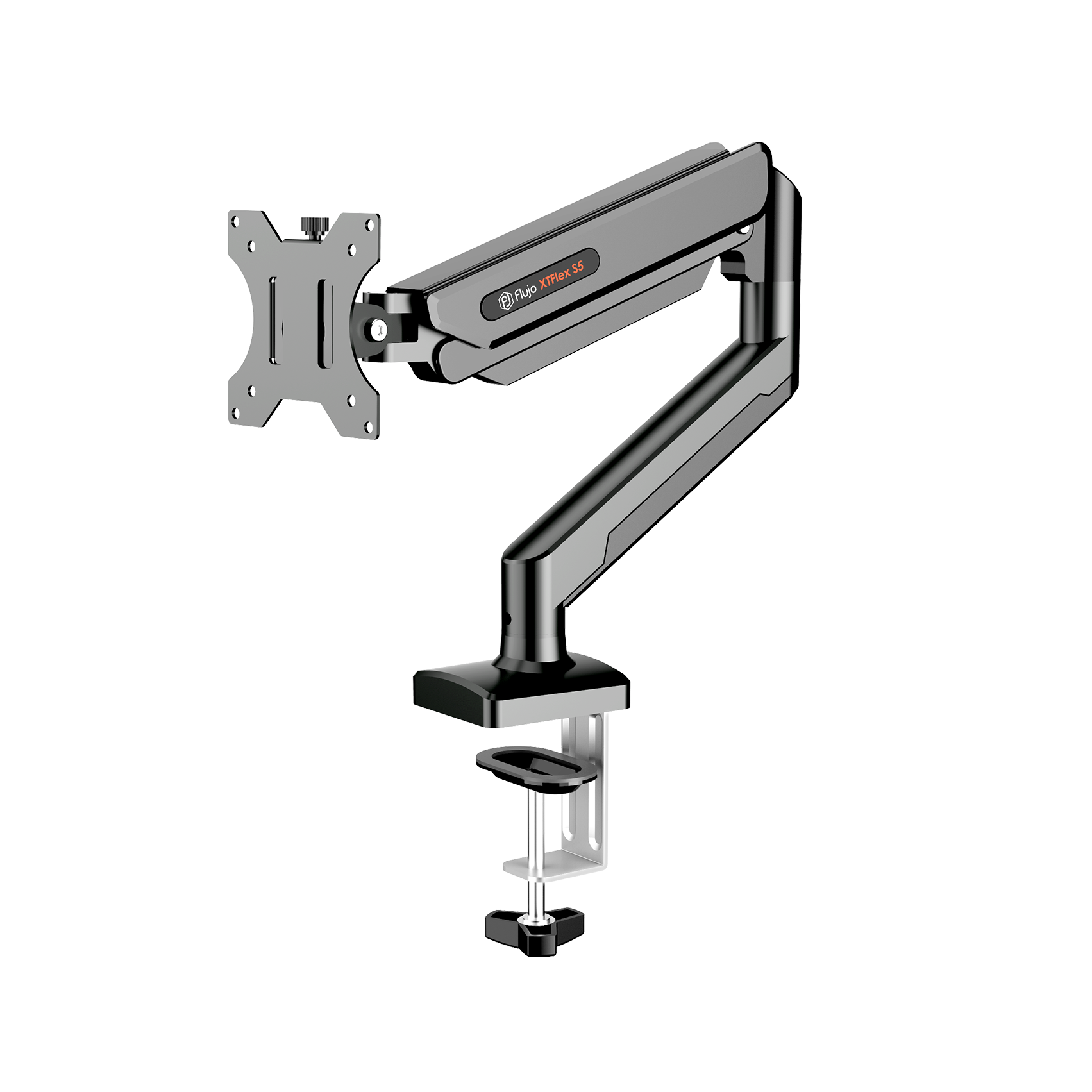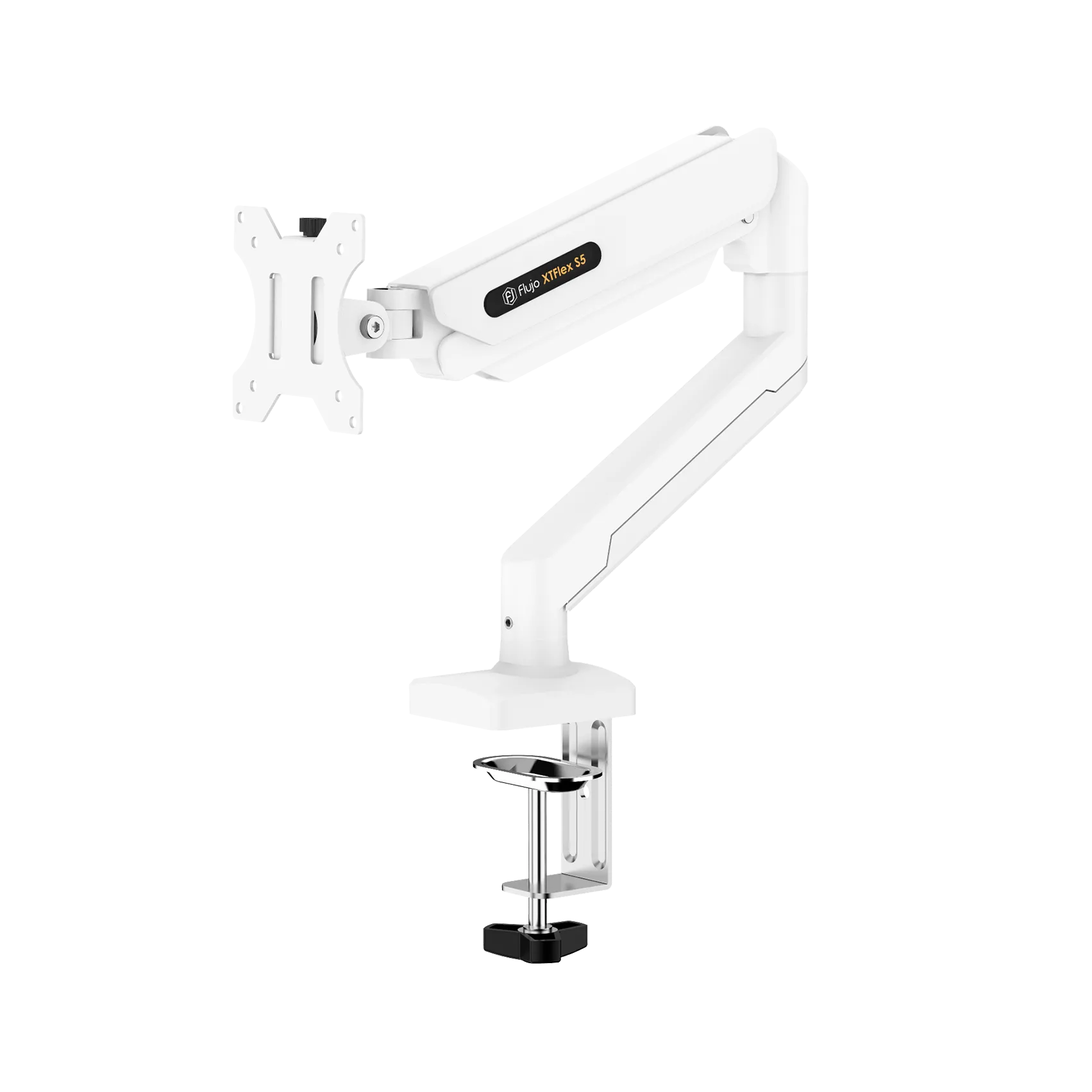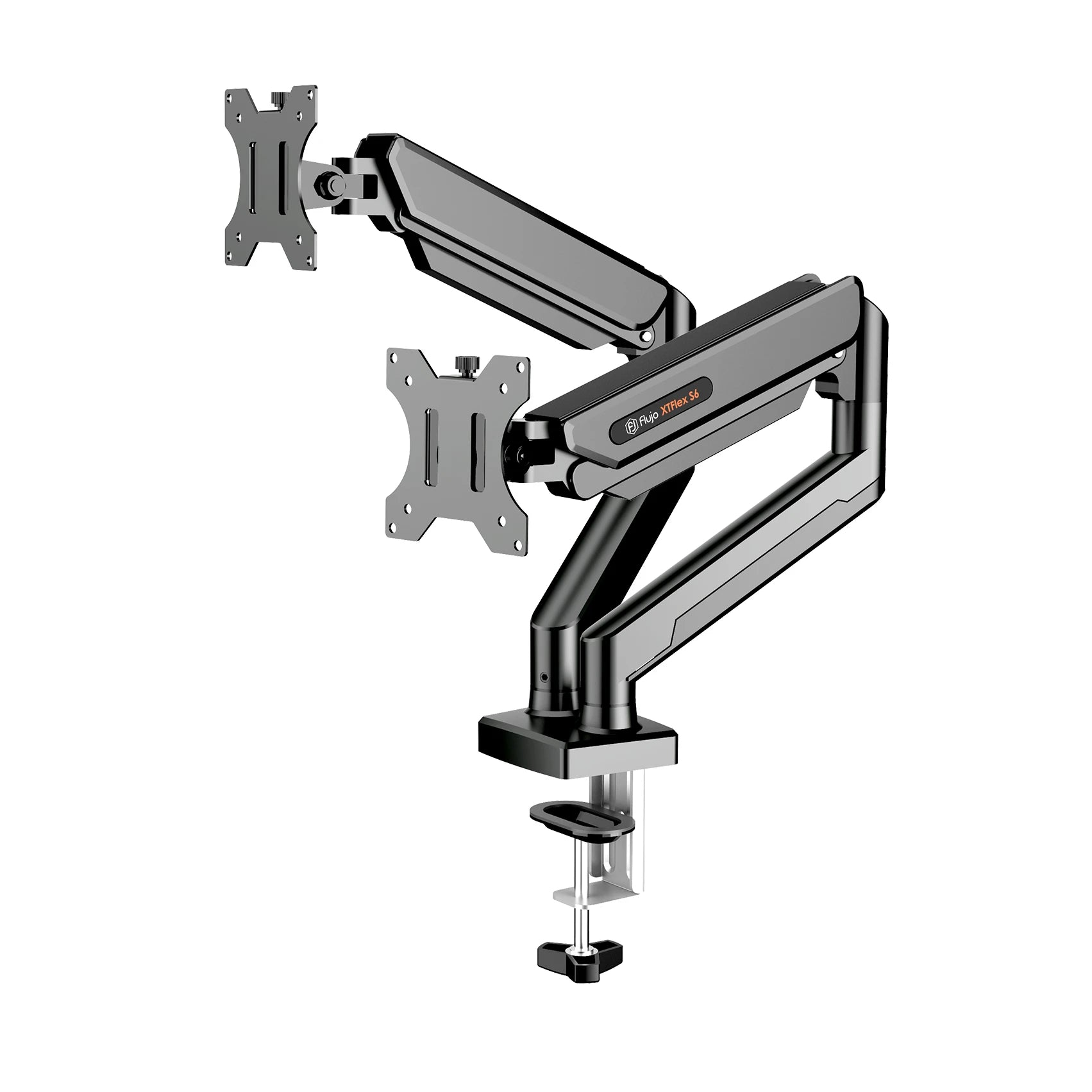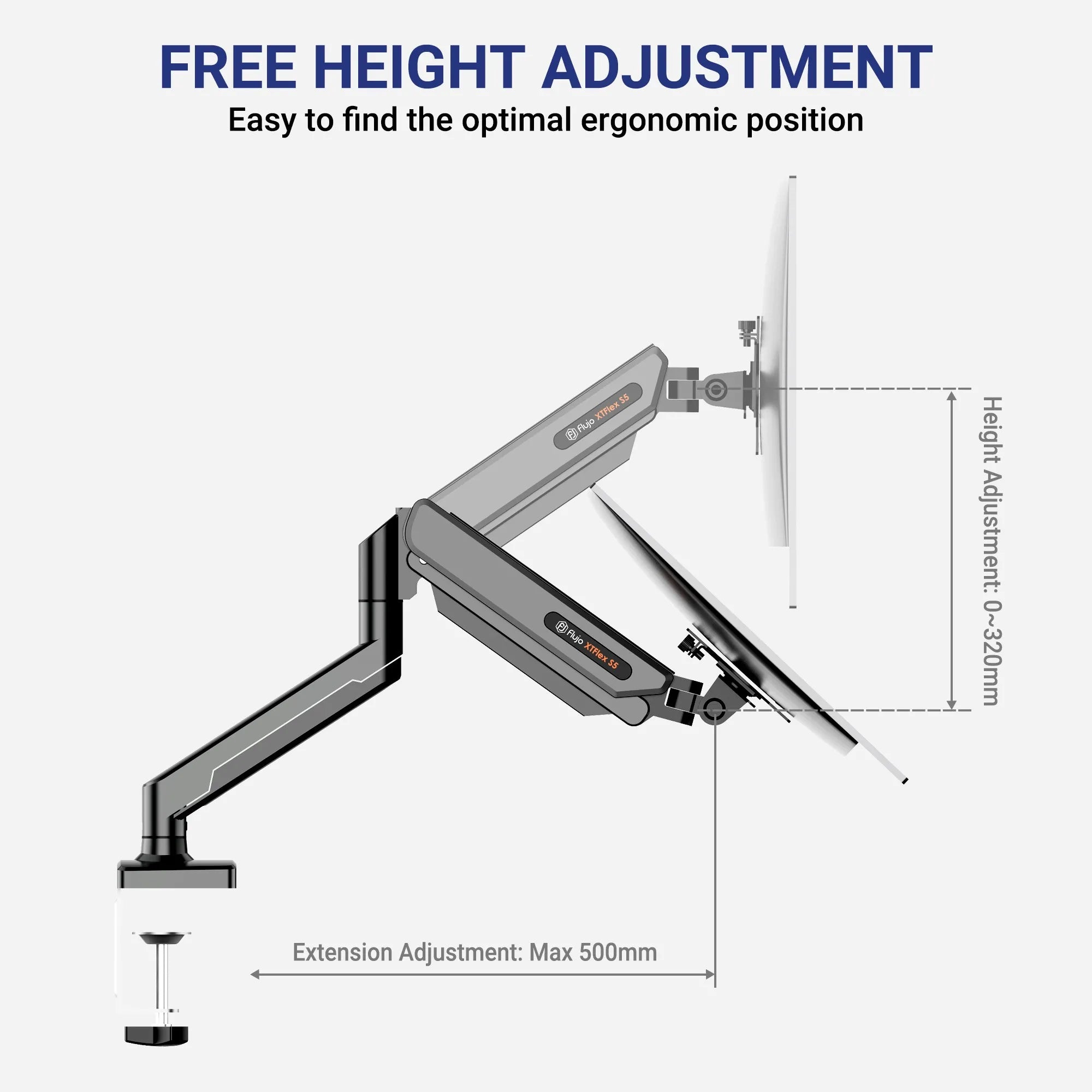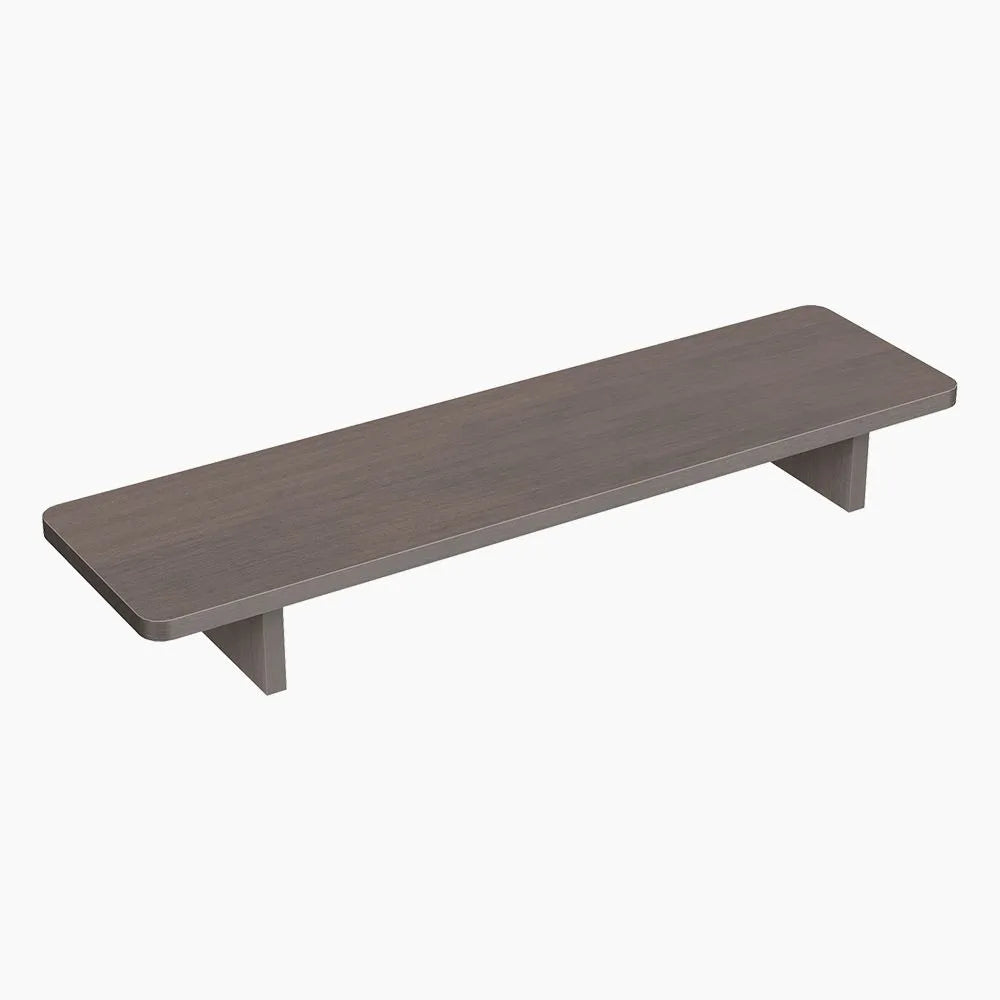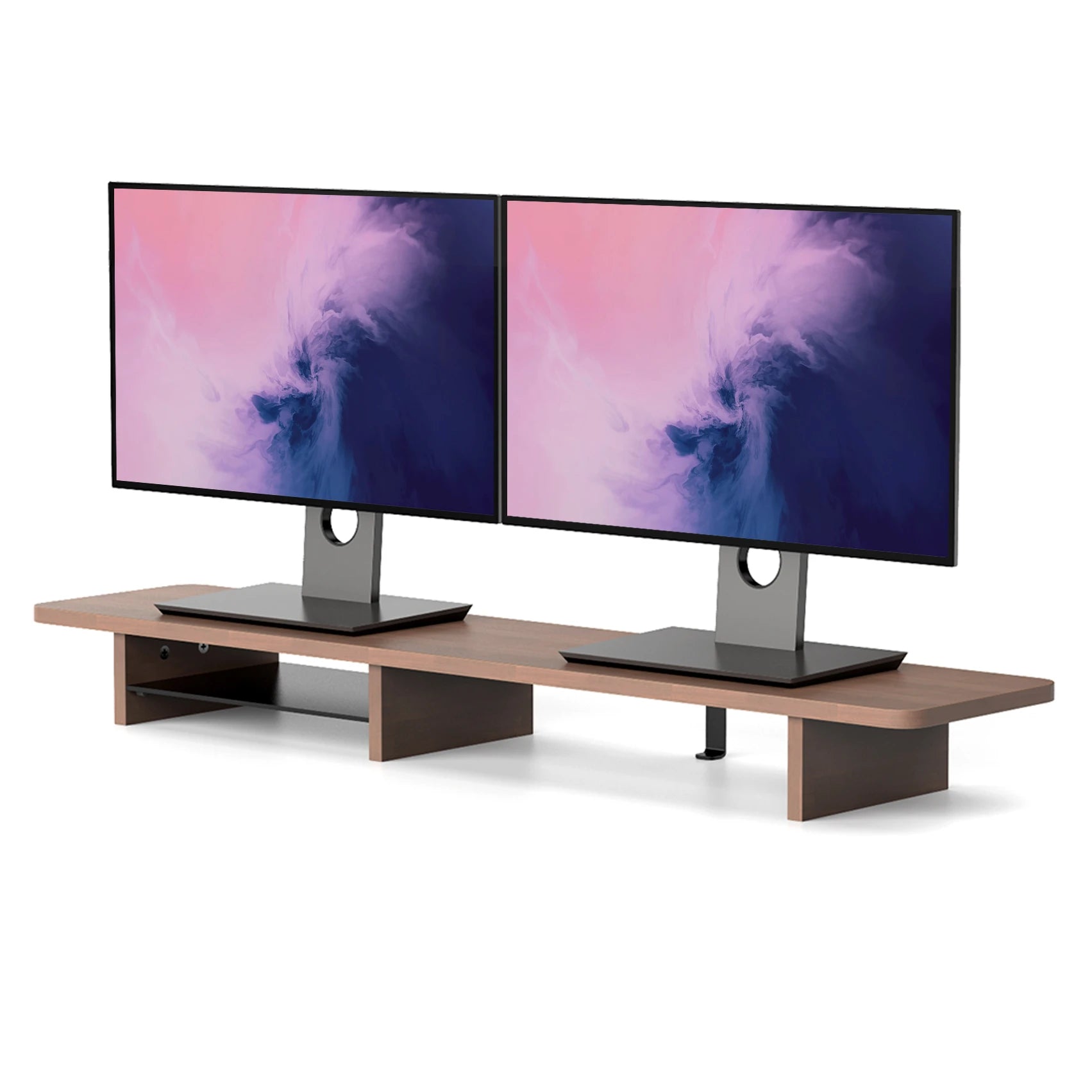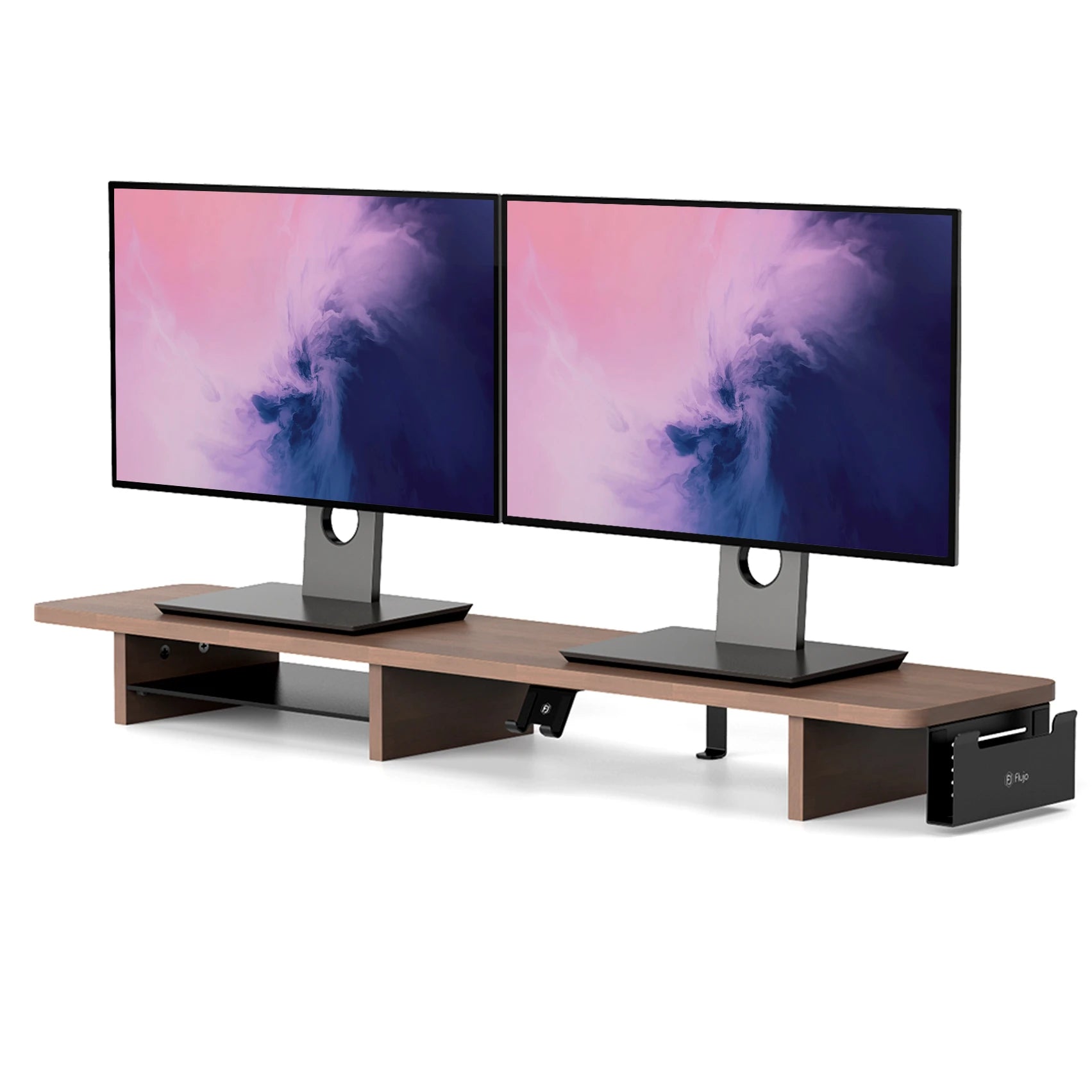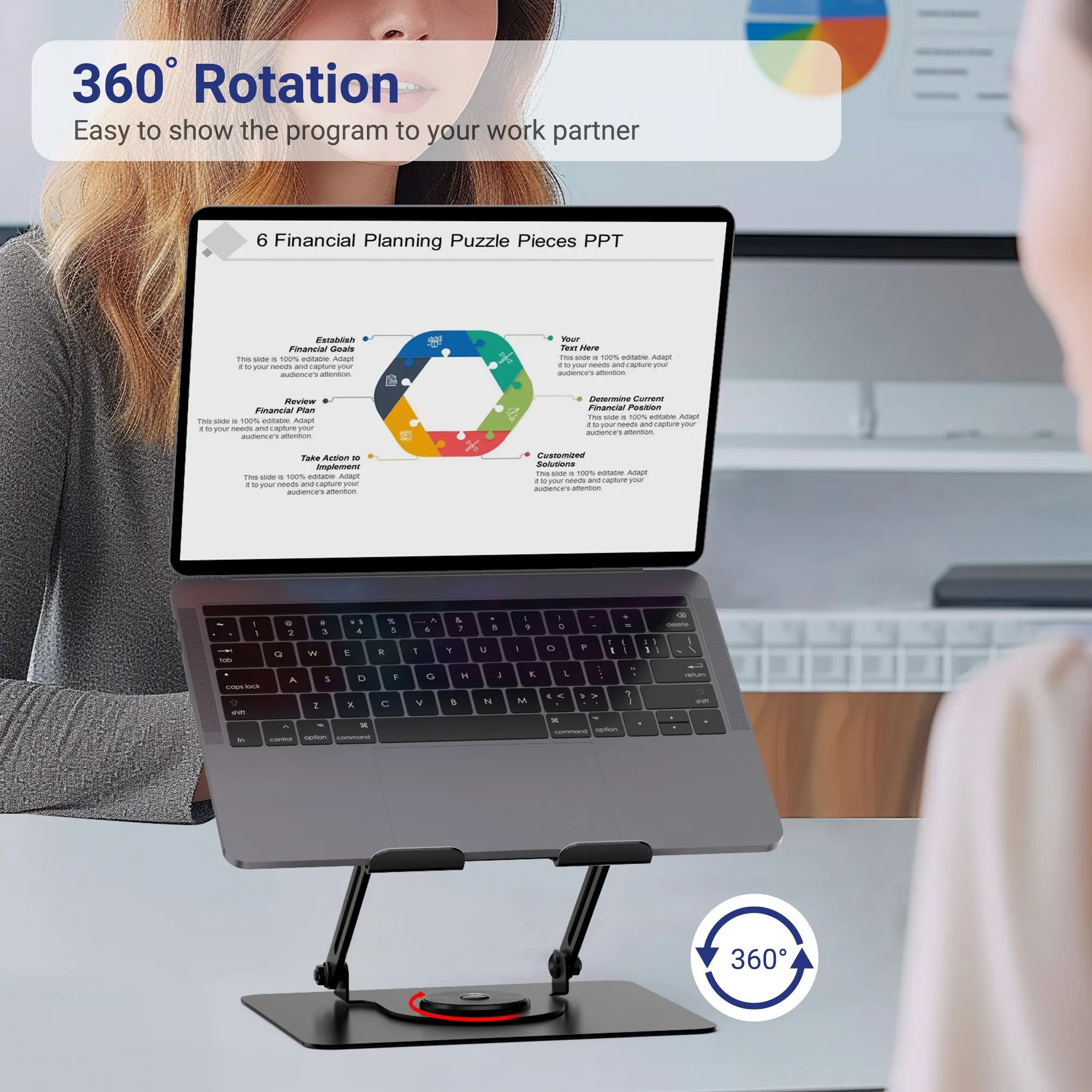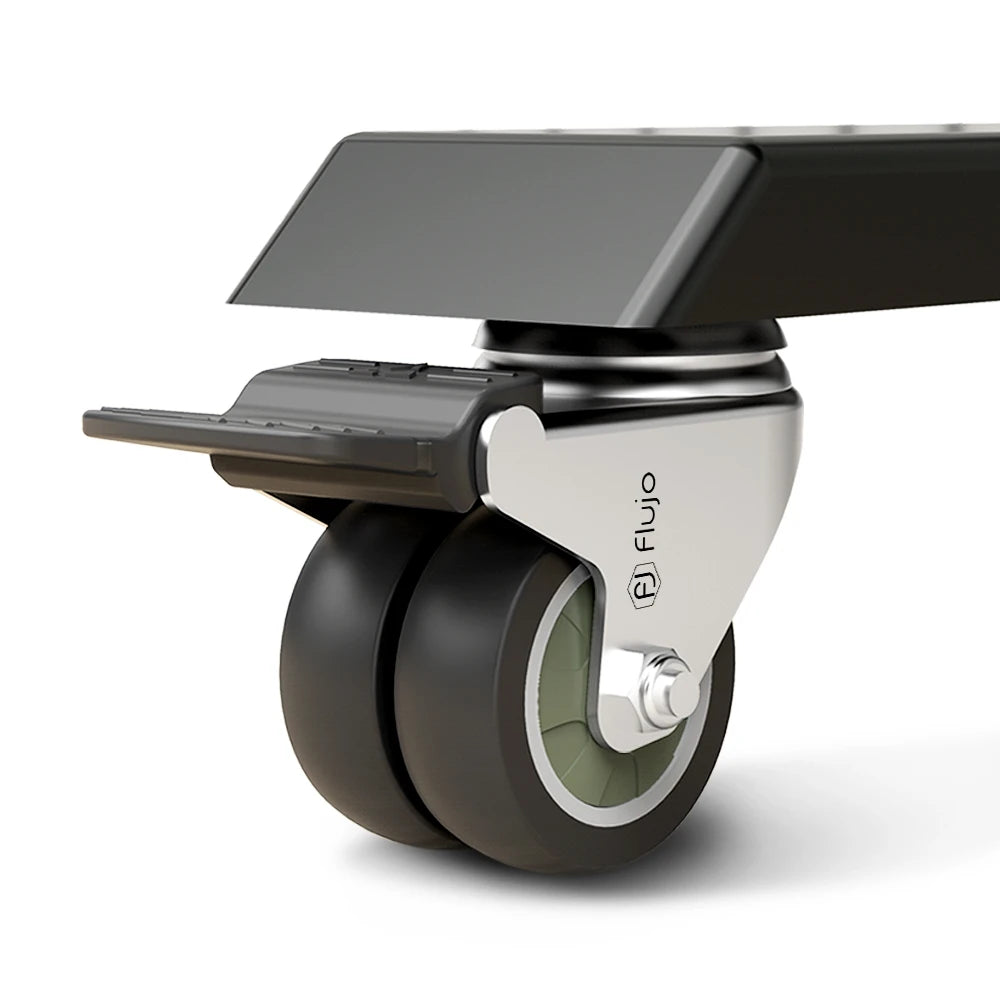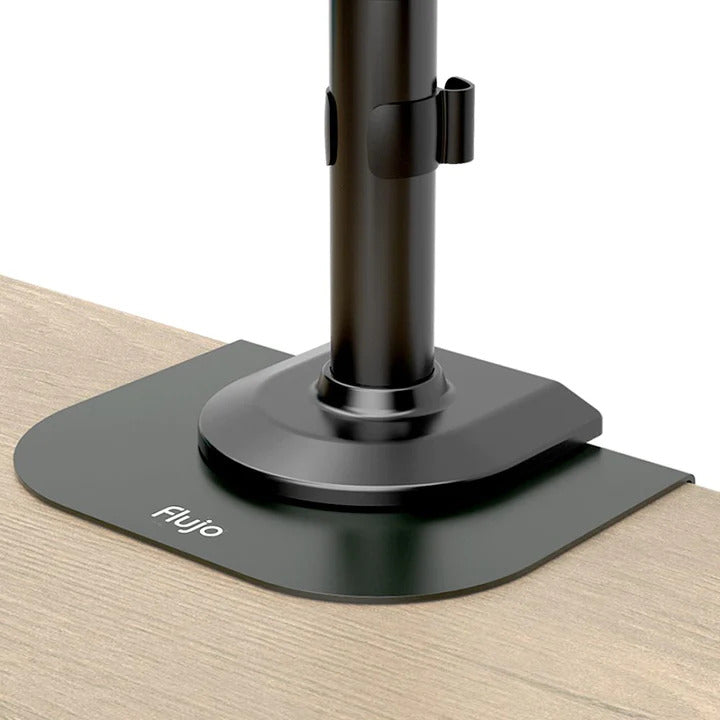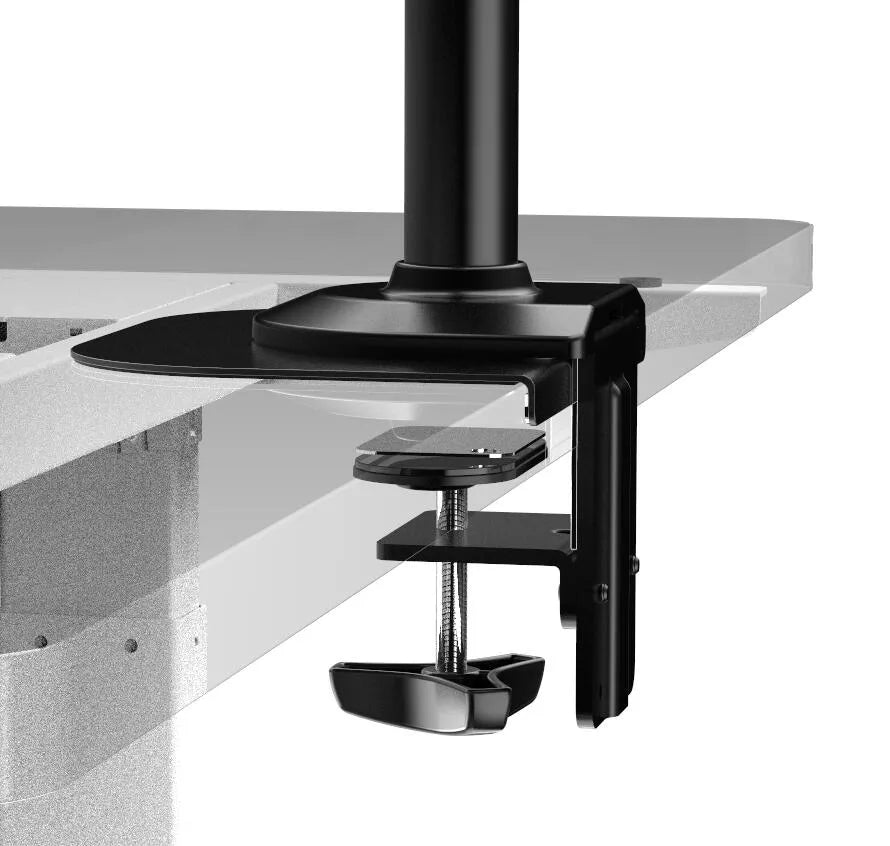How Long Should You Stand at a Standing Desk
Standing Desks: A Step Towards Healthier Workspaces
In recent years, standing desks have transitioned from a novel idea to a mainstream tool in the quest for healthier, more dynamic work environments. Embraced for their ergonomic benefits, these desks are more than just a trend; they represent a shift in how we think about our workspaces and the impact they have on our health and productivity.
As we delve into the world of standing desks, one question often arises: How long should you actually stand at one? This isn’t just about standing vs. sitting; it's about finding the perfect balance that enhances comfort, health, and efficiency.
In this blog, we explore the optimal standing times at these innovative desks, backed by ergonomic research and expert insights. Whether you're a long-time user or considering making the switch, this article aims to guide you towards a more informed and healthier approach to your workday.

Benefits of Standing Desks
Elevating Health and Productivity at Work
Standing desks are more than just a modern office accessory; they are a key tool in promoting a healthier workstyle. Here's how:-
Improving Posture and Reducing Back Pain: Traditional sitting desks often contribute to slouching and poor posture, leading to a host of musculoskeletal problems, particularly in the lower back and neck. Standing desks encourage a more natural alignment of the spine, reducing the strain on back muscles. By allowing the user to adjust their working position, these desks facilitate a dynamic work posture, which can significantly alleviate chronic back pain associated with prolonged sitting.
-
Encouraging Movement and Flexibility: A key benefit of standing desks is their ability to promote movement. Unlike traditional desks that confine you to a seated position, standing desks encourage subtle movements and shifts in posture. This constant micro-movement is crucial for muscle health and blood circulation, reducing the risk of stiffness and joint pain.
-
Enhancing Mental Alertness: Standing while working can boost mental alertness and energy levels. The upright posture enhances circulation and oxygen flow to the brain, leading to improved concentration and cognitive function. This can result in increased productivity and a more engaging work experience.
-
Ergonomic Customization for Individual Needs: One of the greatest ergonomic benefits of standing desks is their adaptability. These desks can be adjusted to suit individual height and posture requirements, ensuring that the screen is at eye level and the arms can rest comfortably, reducing the risk of strain injuries.
- Long-term Health Benefits: Regular use of a standing desk can contribute to long-term health benefits. Studies suggest that reducing sedentary time can lower the risk of cardiovascular diseases, diabetes, and obesity. By alternating between sitting and standing, you're not just improving your immediate comfort but investing in your future health.

Understanding Ergonomics at the Workplace
Optimizing Comfort and Efficiency in Office Settings
Ergonomics is the science of designing the workplace, keeping in mind the capabilities and limitations of the worker. The goal is to ensure that work environments fit the individual, rather than forcing the individual to fit the environment. In office settings, this translates to creating a space that promotes good posture, minimizes unnecessary movements, and reduces the strain of repetitive tasks.
-
The Role of Ergonomics in Office Work: In the context of office work, ergonomics focuses on arranging the workspace so that it allows for comfortable and efficient work. This includes the right chair, desk, computer placement, lighting, and other elements that interact with your body throughout the workday. Good ergonomic practices can significantly reduce the risk of musculoskeletal disorders, eye strain, and fatigue.
-
Ergonomics and Standing Desks: Standing desks play a pivotal role in office ergonomics by addressing several key issues associated with traditional office setups:
- Adjustability: Standing desks offer the flexibility to adjust the height and angle, accommodating different body types and work preferences. This adaptability is crucial for maintaining a neutral body posture, where the joints are naturally aligned, reducing the risk of strain.
- Promoting Dynamic Workstations: Ergonomics isn't just about maintaining one perfect posture; it's about encouraging movement and variability. Standing desks allow users to alternate between sitting and standing, promoting circulation and preventing the stiffness associated with prolonged sitting.
-
Customization for Task Efficiency: By allowing for easy adjustments, standing desks enable users to create a workstation that aligns with their specific tasks, whether it's typing, reading, or video conferencing. This customization leads to enhanced efficiency and comfort.
-
Integrating Ergonomics into Daily Work Life: To effectively incorporate ergonomic principles, it's crucial to understand and adjust your workspace regularly. This includes:
- Setting the standing desk at an appropriate height to prevent slouching or overreaching.
- Aligning the computer screen at eye level to avoid neck strain.
- Using ergonomic accessories like adjustable chairs, keyboard trays, and footrests to support various postures throughout the day.
The Ideal Standing Time
Finding the Right Balance Between Standing and Sitting
The key to benefiting from a standing desk is not just standing more, but standing wisely. Research and expert opinions converge on the idea that it's the balance between sitting and standing, rather than the absolute time spent in either position, that's crucial for health and productivity.
-
Expert Recommendations: According to health experts, including those from the Mayo Clinic and Harvard Medical School, the ideal ratio of standing to sitting in an office environment is generally in the range of 1:1 to 1:3. This means that for every hour of sitting, one should aim to stand for 20 to 30 minutes. However, these are not rigid prescriptions; they serve as a starting point, and individuals should adjust based on comfort and task requirements.
-
Research Insights: Studies have shown that prolonged periods of either sitting or standing can lead to health issues. Excessive sitting is associated with a higher risk of heart disease, diabetes, and obesity, while standing for too long without breaks can cause discomfort and problems in the legs and feet. The key is regular movement and changing postures throughout the day.
-
Customizing Your Standing Schedule: It's important to listen to your body and customize your standing schedule. Start gradually, perhaps standing for 15-20 minutes per hour, and then increase or decrease the time based on how you feel. Pay attention to signs of fatigue or discomfort, which signal a need to change posture.
-
The Role of Movement: Simply standing is not a panacea; incorporating movement into your routine is equally important. This could be as simple as stretching, walking to the printer, or even pacing during phone calls. The objective is to avoid static postures and keep the body active.
-
Using Technology to Help: There are apps and devices available that can remind you to stand, sit, or move at regular intervals. These tools can be incredibly helpful in establishing and maintaining a healthy balance.
- Long-term Adaptation: Over time, as you adapt to a standing desk, you'll likely find a natural rhythm that works best for you. The goal is not to adhere to a strict schedule but to develop a flexible, intuitive approach to alternating between sitting and standing.

Listening to Your Body: Signs to Change Posture
Interpreting Physical Cues for Healthier Work Habits
The key to making the most of a standing desk is to listen attentively to your body. Our bodies send clear signals like discomfort or fatigue, which are crucial indicators that it's time to switch postures. Understanding and responding to these cues can significantly enhance your comfort and prevent potential health issues.
-
Recognizing Discomfort and Fatigue: The first sign that it's time to change posture is usually a feeling of discomfort or fatigue. This could manifest as a mild ache in the legs, feet, or lower back, or a general sense of tiredness. Ignoring these signs can lead to strain and overexertion.
-
Signs While Standing:
- Legs and Feet: If you notice your legs feeling heavy, your feet starting to ache, or any form of swelling, it's a signal to take a sitting break.
-
Back and Shoulders: Discomfort in the lower back or tension in the shoulders and neck indicates that you might be standing too long or your desk setup needs adjustment.
-
Signs While Sitting:
- Lower Back Pain: Prolonged sitting can lead to lower back pain due to reduced spinal support. If you start feeling this, it's time to stand.
-
Stiffness and Reduced Mobility: Feeling stiff or noticing reduced mobility in your joints are signs that you've been sitting for too long.
-
Responding to Your Body’s Signals:
- When you start feeling any of these signs, respond by changing your posture. If you've been standing, sit down for a while, and vice versa.
-
Incorporate stretches or brief walks to alleviate discomfort and re-energize your body.
-
Building Mindfulness and Awareness:
- Regularly check in with your body throughout the day. This mindfulness will help you better understand your physical needs and respond appropriately.
-
Be proactive in making adjustments to your workspace and habits based on your body’s feedback.
- Long-term Adaptation: Over time, you'll become more attuned to your body's signals and better understand when and how to adjust your posture for maximum comfort and productivity.
Tips to Maximize the Benefits of Standing Desks
Optimizing Your Standing Desk for Health and Productivity
A standing desk can be a great tool for improving your work life, but it's most effective when used correctly. Here are some practical tips to help you get the most out of your standing desk setup:
-
Correct Desk Height: The height of your standing desk is crucial. Ensure that the desk is aligned with your elbows when they are at a 90-degree angle. Your hands should rest comfortably on the surface without having to reach up or bend down.
-
Monitor Positioning: Position your monitor at eye level to prevent neck strain. The top of the screen should be at or slightly below eye level, and about an arm's length away, to avoid leaning forward or straining your eyes.
-
Using Anti-Fatigue Mats: Standing for extended periods can be hard on your feet. An anti-fatigue mat can provide cushioning and support, reducing discomfort in your feet, legs, and lower back.
-
Footwear Considerations: Wear comfortable shoes with proper support. Avoid high heels or flat-soled shoes that don't provide adequate cushioning.
-
Maintaining Good Posture: Stand straight with your weight evenly distributed on both feet. Avoid leaning to one side or slouching. Keep your shoulders relaxed, and your neck aligned with your spine.
-
Movement and Stretching: Incorporate movement into your standing routine. Shift your weight, walk in place, or do light stretches. This helps maintain circulation and prevents muscle fatigue.
-
Balancing Standing and Sitting: Alternate between standing and sitting throughout the day. Use a timer or app to remind you to switch postures. This balance is key to avoiding fatigue and reaping the full benefits of a standing desk.
-
Personalizing Your Space: Customize your standing desk area with accessories that enhance comfort and efficiency, like wrist rests, an ergonomic mouse, or a document holder.
-
Listening to Your Body: Pay attention to your body's cues. If you start feeling discomfort or fatigue, adjust your posture, take a break, or switch to sitting.
- Consistent Adjustments: Regularly evaluate and adjust your setup. As you get used to a standing desk, your needs might change, and fine-tuning your environment can enhance comfort and productivity.
Conclusion
Embracing Balance for a Healthier Work Life
As we conclude our exploration of standing desks and their role in creating healthier, more ergonomic workspaces, let's revisit the key insights:
-
The Growing Importance of Standing Desks: These innovative desks have gained popularity due to their potential to improve posture, reduce back pain, and encourage a more active work style.
-
Understanding Ergonomics: Proper use of standing desks is rooted in ergonomic principles, emphasizing the importance of adjustability, posture, and movement to enhance comfort and efficiency.
-
Ideal Standing Time: Balance is key. Alternating between standing and sitting, ideally in a ratio of 1:1 to 1:3, can help avoid the pitfalls of prolonged sitting or standing. Listening to your body and using tools like timers can aid in finding this balance.
-
Recognizing Body Signals: Being attentive to signs of discomfort or fatigue is crucial. These signals indicate when to switch between standing and sitting, helping to prevent strain and overexertion.
-
Practical Usage Tips: Maximizing the benefits of standing desks involves correct desk height, monitor positioning, the use of anti-fatigue mats, appropriate footwear, and maintaining good posture. Movement and stretching are equally important.
-
Personalization and Adjustment: Each individual's needs are unique. It's important to customize your standing desk setup and make regular adjustments to align with your personal comfort and work requirements.
Incorporating a standing desk into your work life is not just about standing more; it's about fostering a dynamic and adaptable approach to how you work. It's about listening to your body and responding to its needs. As you embark on or continue this journey, remember that the goal is to find a balance that works for you - one that enhances both your health and productivity.
Standing desks are a tool, and like any tool, their effectiveness depends on how they are used. Experiment, adjust, and find the rhythm that best suits your body and your work. In doing so, you're taking a significant step towards a healthier, more balanced work life.
About Flujo
Flujo is a Singapore Ergonomic Eco-System company that specializes in ergonomic furniture and solutions We are determined to be a trusted brand to our customers. Designing with driving factors of innovation and customer-centric as core beliefs of our products, we are committed to understanding your needs. We strive to be the No 1 Ergonomic Chair and Height Adjustable Brand in Singapore.
Click here to view our selection of products
If you like our article, please help to like and forward.







